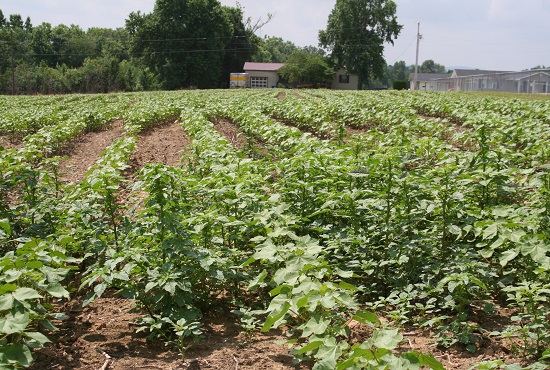CFTC: No Direct Manipulation In ’08
The National Cotton Council (NCC) welcomes the release of the Commodity Futures Trading Commission (CFTC) investigation into the abnormal price fluctuations which occurred in the cotton market in February and March of 2008.
Although the investigation found no evidence of direct manipulation by market participants, the influence of index and commodity funds in the market remains a problem. Cotton’s vulnerability to manipulation is greater than other agricultural commodities due to the overall size of traditional hedgers and the size of the exchange. In addition, there is a critical lack of transparency in over-the-counter trades.
The NCC remains concerned about the ability of the futures market to serve as an effective tool for hedging physical cotton. U.S. cotton merchandisers suffered extensive financial losses as a result of the volatility in ICE cotton futures in late February and early March of 2008.
Cotton farmers faced contract failure due to bankruptcies by some merchandisers. As a result of the lingering financial losses, traditional merchandising relationships between growers and buyers have changed. To date, no regulatory change has been promulgated that would prevent a recurrence of the events in early 2008.
The NCC supports CFTC’s decision in 2009 to disaggregate the Commitment of Traders report. However, more needs to be done to address the concerns of the industry. For example, hedge exemptions and eligibility for hedge margin levels should be limited to those actually involved in the physical handling of the agricultural commodity.
In addition, all contract and over-the-counter market participants should be subjected to speculative position limits. These changes, though not an exhaustive list, would largely be addressed with legislation currently being debated in Congress. However, absent legislative progress, CFTC should use their regulatory authority to initiate the much-needed changes.
The continuing lack of confidence in the market must be addressed, and the industry will welcome the opportunity to work with the CFTC and Congress to take actions necessary to restore confidence in the important price discovery and hedging functions of the market.
Add 2 photos to side bar:
IntercontinentalExchange Building
The Chicago Board of Trade building was built in 1930 and was Chicago’s tallest building until 1965.








